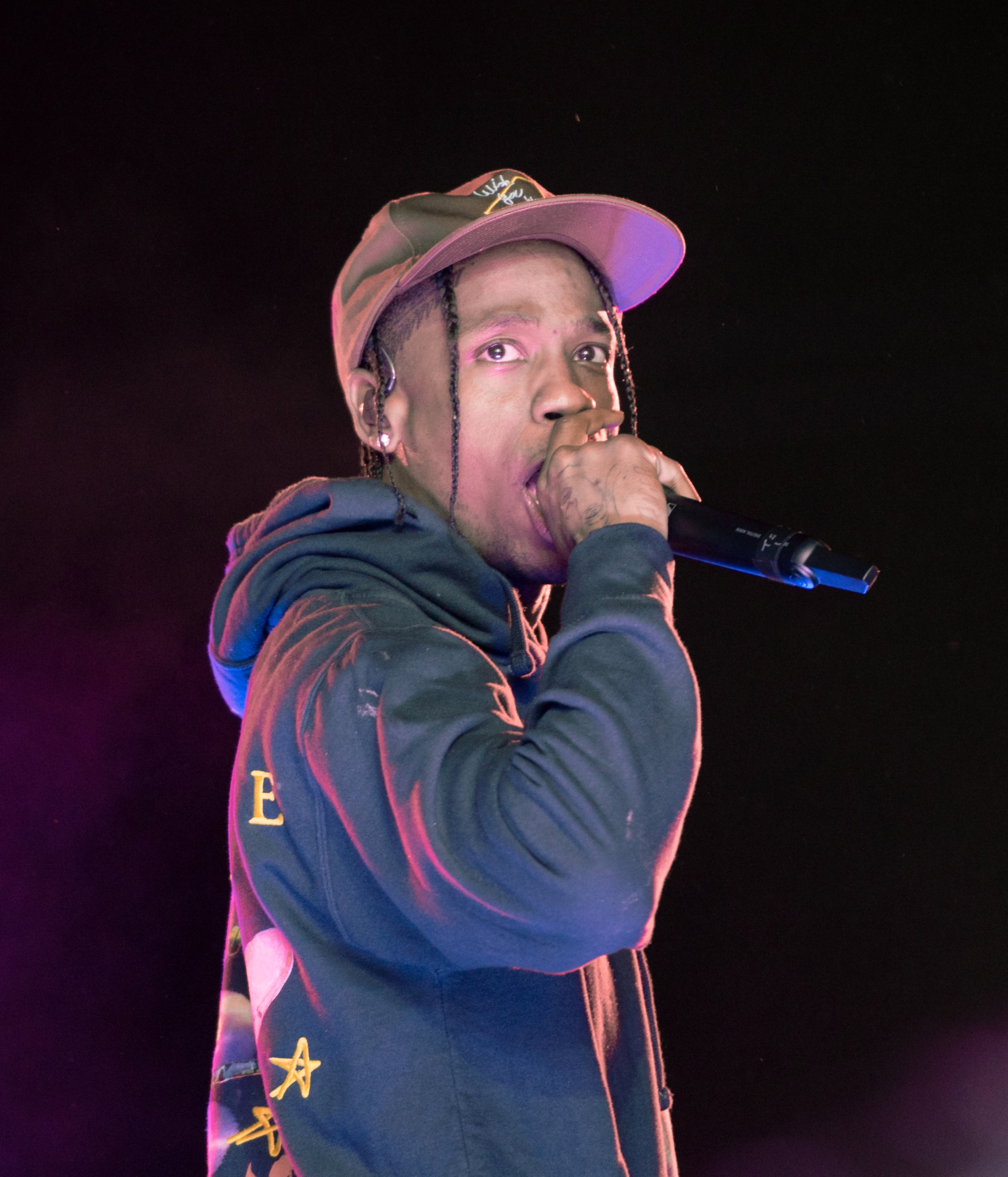Astroworld: We Can’t Separate the Art from the Artist
The Astroworld tragedy in Houston, Texas is another edition to a list of dangerous concerts Travis Scott has put on which now makes it nearly impossible to separate art from artist.
Travis Scott performing at Openair Frauenfeld 2019. Source: Wikimedia commons, Frank Schwichtenberg
The Travis Scott Astroworld show in Houston, Texas on Nov. 5 that resulted in the deaths of 10 people shook the music world and prompted necessary discussions about crowd safety. Discussions center around possible precautions that could have prevented this tragedy, with heavy blame falling on the shoulders of Travis Scott – who knew what was going on enough to stop the show, only to continue when the situation turned fatal.
Scott eventually issued a statement claiming that he was not “aware of any fatalities until the news came out after the show and in no world would have continued filming or performing” had he known. But hundreds of videos and testimonies from those who attended seem to prove this statement otherwise. Besides the questions about Scott and concert staff's legal accountability for what happened, there is a question as to how listeners should hold Travis Scott accountable. Campaigns against listening to Scott’s music have already begun in an effort to decrease his revenue from streaming platforms like Spotify. The question of separating the art from the artist is here, given this event and the track record of previous dangerous situations at other Astroworld shows paired with Scott’s direct involvement in creating the dangerous environment.
Scott has a history of energetic and loud concerts, many of which have devolved from controlled crowds to volatile ones that engaged in dangerous behavior at the behest of Scott's instigation. NBC 5 Chicago created a timeline that details Travis Scott’s history of wild performances, with examples including Chicago's 2015 Lollapalooza – which resulted in Travis Scott pleading guilty to reckless conduct charges and receiving a sentence of one year of court supervision – with another more dangerous incident at the Walmart Arkansas Music Pavilion in 2017, where he was accused of inciting a riot by urging crowds to rush the stage that resulted in several injuries, and Scott pleading guilty to disorderly conduct and paying court fees and restitution. 2019 also saw three hospitalizations resulting from trampling at the second Astroworld festival, however the lawsuit from that event is currently pending.
The deadly concert on Nov. 5 now adds to this list of lawsuits and potential charges after 10 people died, including a 9 year-old boy. Scott now faces several lawsuits, with one brought by the parents of John Hilgert, a victim of the concert tragedy. The Hilgert’s filed a lawsuit against Scott and his production company. In addition, A $2 billion dollar lawsuit on behalf of around 300 Astroworld victims has also been filed with names of several defendants including Travis Scott, Drake, Apple Music, Live Nation and NRG Stadium.
When considered together, this creates a timeline of previous dangerous crowd conduct that has now resulted in deaths and billion dollar lawsuits that will follow Scott for the rest of his career. This makes it more difficult to listen to his music, knowing that a significant amount of the art from this artist has resulted in this much damage, with the artist seeming to disregard the well-being of his listeners.
Defenders of Scott claim that crowd surfing, mosh pits and high-energy crowds should be expected at these types of concerts. Yet these moments often happen at many other metal, punk and hard rock shows, but lead to no significant injury or death. Even in instances where injuries have occurred or fans have become distressed, on-stage performers have stopped their shows and calmed the crowd to ensure sure the fan was okay before the concert resumed (videos of Dave Ghrol, Harry Styles, Nirvana and more have resurfaced to demonstrate how a show of similar intensity are stopped by the performers who can see and hear distress).
Speaking from years of experience in high intensity shows, fans understand to stop and help the person in need while alerting security and the performers by waving hands, whistling and yelling. So it is disturbing to see the disregard on behalf of Scott when hundreds of fans did these things to get him to stop the show, only for him to continue when many prominent artists have shown better ways to handle such situations.
With all of this culminating with several deaths and hundreds of injuries at Astroworld this year, especially considering Scott's track record, it is no wonder that boycotts against his music have begun and separation of art from artist has become difficult to reconcile. Ultimately, Travis Scott and others will face legal accountability for this event, yet accountability by the general public is a necessary component to help keep this sort of tragedy from happening again. Part of this process will be to not separate the art from the artist, as the art has become tainted at the behest of the artist himself.
